Interview with Art McLeod by Vanya Nikolaeva
Art McLeod grew up on the outskirts of a small town in Northern Ontario, Canada. He spent most of his childhood years with his parents (big nature and photography lovers) when they went camping and canoeing through the lakes and rivers in the pristine Canadian wilderness. No season was ignored and as he looks back, he realizes how privileged he was to has been brought up in that environment.
He has been running his website for several years. Several of his photos have been published and used for other purposes as well. He currently has over 120 species of birds as well as many mammals and nature photographs from the 1000 kilometer radius that he travels for his photographs.
www.wyld-art.fotopic.net
The first time I saw photos taken by my friend Art McLeod I was speechless – which almost never happens to me. I am happy to introduce you the world of this brilliant photographer, where the images have souls.
How did you get inclined towards photography?
My parents were the biggest reason I got into photography. I have always admired their nature photographs and now videography.
Why wildlife?
I grew up in a nature environment and the time I spend out and about allows me to reflect on that upbringing.
What brings a photo to perfection?
Much time and patience is needed to capture a photograph. Position in relation to the sun, time of day and your camera settings.
What equipment do you currently own?
I currently have a Canon 30d and 40d, a Sigma 50-500mm, Canon 400mm-5.6 lens as well as two short Canon IS lenses, which are used primarily for lightning. I use a shoulder brace as well as a Manfrotto monopod and ballhead. For my printing, I use an HP 8250 for small prints and a Canon R-2400 for larger prints. I use Photoshop Elements for my editing.
Who/What are your greatest photographic influences?
I have always been a huge fan of National Geographic and I admire all of their work, but my parents have always been my biggest influence.
How do you maximize the photographic opportunities you get?
When I head out on a photo-run, I usually have an idea of where I am going and what I plan to shoot. When I get to a location, I scout the area with my binoculars. If I see potential, I will put on my camouflage and I carry a camo cover sheet as well. I will check the lighting and find a spot where I can blend into the surroundings. The only thing that can be seen is my lens that is sticking through the camo cover sheet. I have had several birds and animals approach very close. This gives me the chance to see and capture my subject in its natural environment.
What is the key to making your work different from the work of other wildlife photographers?
I try to go to spots where a lot of people just won’t go and I spend a lot of time there. I could sit for hours in that spot and walk away with nothing, other times I could walk away with something I know I will never see again. I spend many hours outside at -20 in the winter and many hours at 30+ in the summer. This gives me opportunities to see things that others won’t.
What was the first photograph that you remember making an impression on you?
When we were kids on one of our camping trips, we used to tie two canoes together with a sheet of plywood between them. We could bring our makeshift pontoons to lakes where ever we wanted. We used to bring our pet cat on these camping trips as they were sometimes a couple of weeks long. Our cat was sitting on the bow of one of these canoes. My Mother snapped a shot of it as we were crossing a lake from the adjoining canoe, and this photo always fascinated me. The scenery and lighting were amazing and the cat just looked so comfortable out in the middle of the lake on the bow of a canoe. A very unusual setting for a house cat. That photo was taken 40 years ago and I still look at it once in a while.
What inspires you to continue shooting and how do you keep motivated when a certain shot or moment just doesn’t happen?
As I mention earlier, I spend much of my time reflecting while I am out shooting. So I don’t consider it time wasted if I don’t get “that” shot. I also do a lot of walking when I am out and I enjoy the exercise as well.
What is your philosophy about photography? Has that affected your life?
Photography has allowed me to spend time thinking about a lot of things. From my family, my music and the environment. I wonder how our behavior on the environment is going to affect the lives of our children and grandchildren and hope that changes could be made to save the nature we enjoy now, so they have the same opportunities to enjoy it as we do now. Our children are now grown and I have given cameras and lenses to them in the hopes that they can enjoy a hobby that was passed down to me by my parents.
Who or what in the world would you most like to photograph?
The list here is much too long but, as I approach retirement from the working world, I hope to take my photography to a new level. I would like to travel to Alaska to photograph grizzly bears. My son and fiancé just got jobs in Nunavut on the shore of Hudson Bay and I can’t wait to visit them in the hopes of shooting some polar bears.
What would be your tips for the beginners who wish to master photography?
My advice to anyone who is starting out in photography would be to do some research on your equipment. Try and gear your purchase to the area of photography you are interested in. I would suggest spending a little more on your first camera. This will save you the cost of an upgrade. There are some excellent entry level cameras, but I would lean to a mid-level camera. I have been using the mid-level cameras and plan to make an up-grade soon. This will give me a top of the line camera and a spare mid-level body.

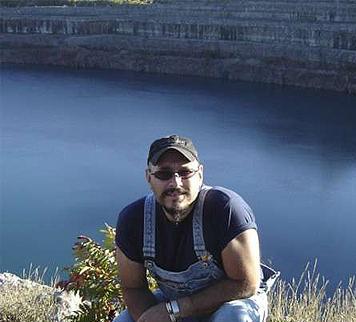



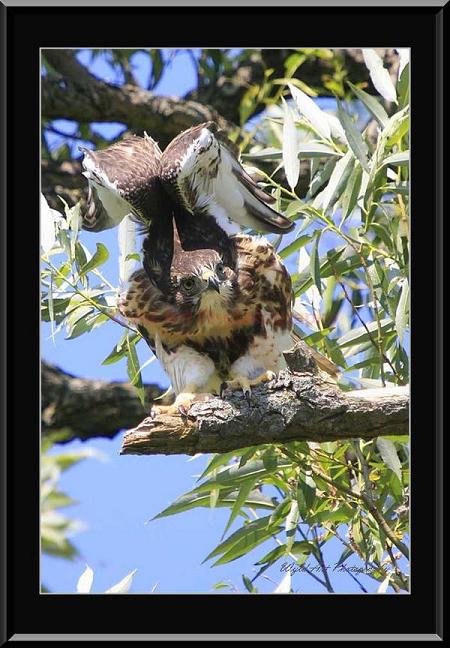

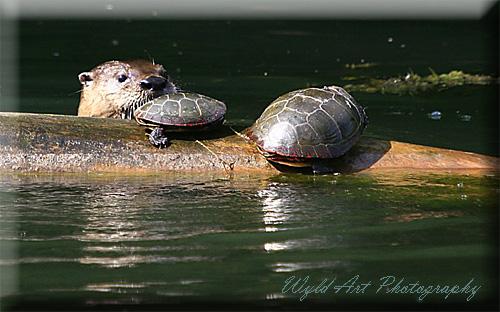
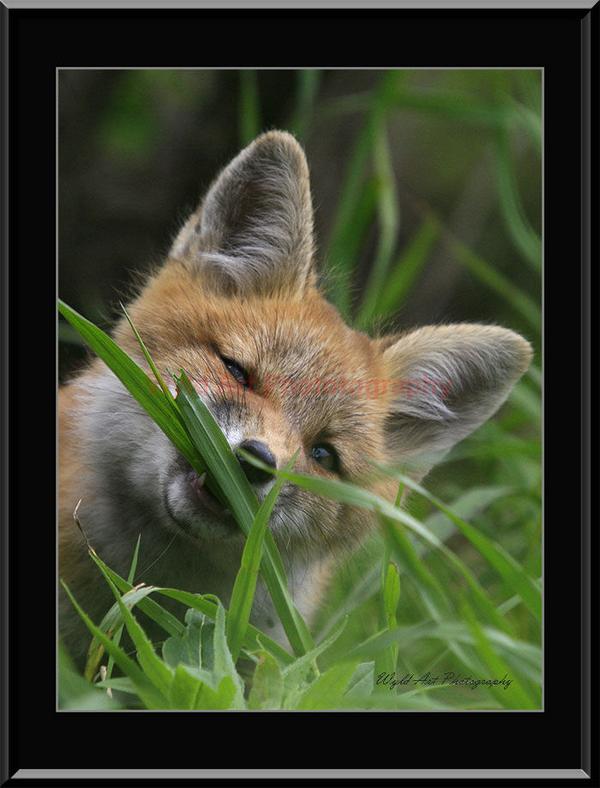
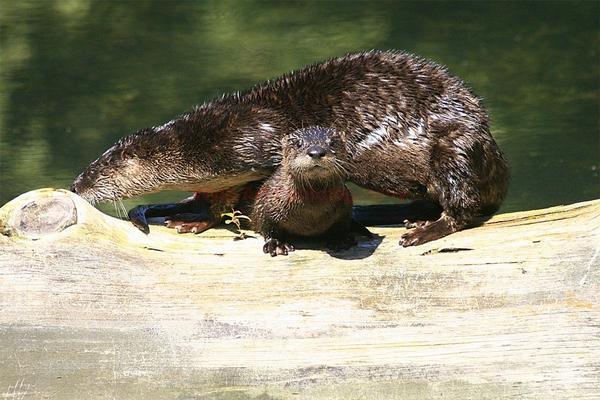
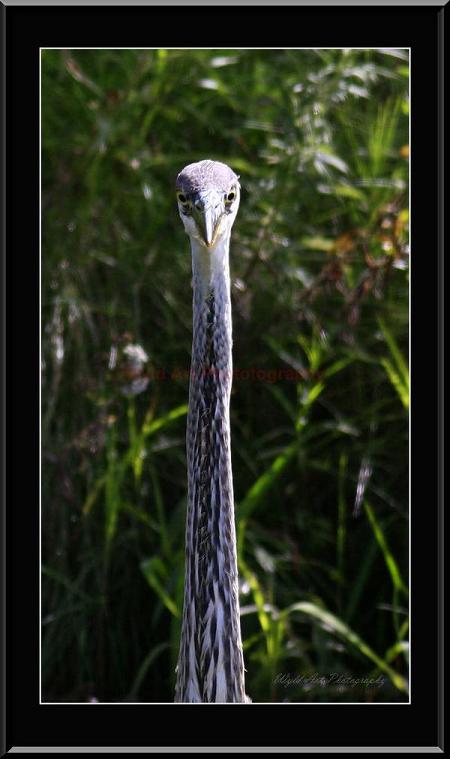


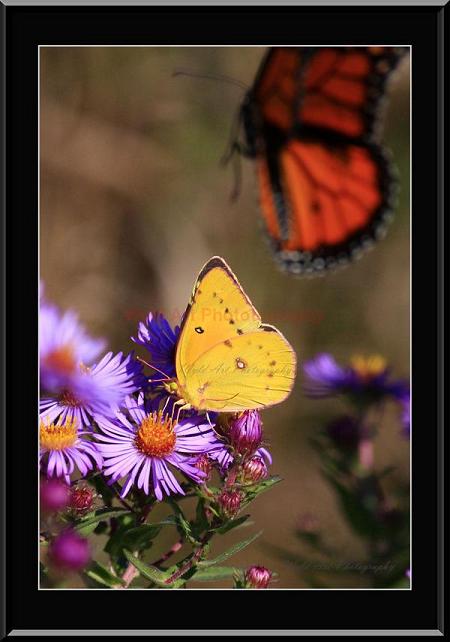










3 comments so far ↓
Nobody has commented yet. Be the first!
Comment